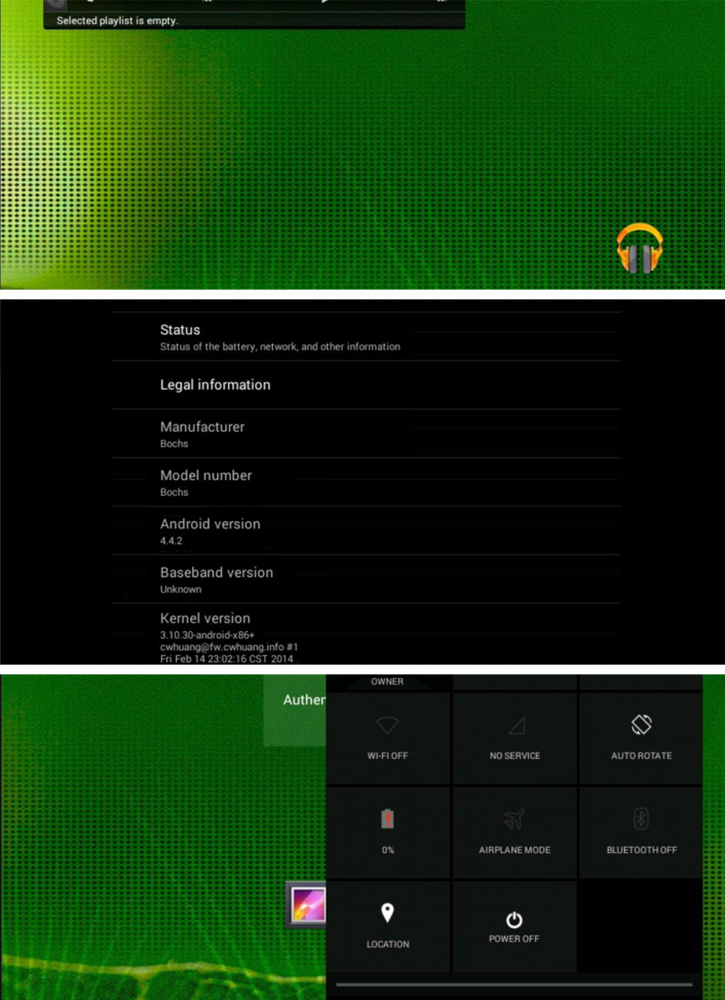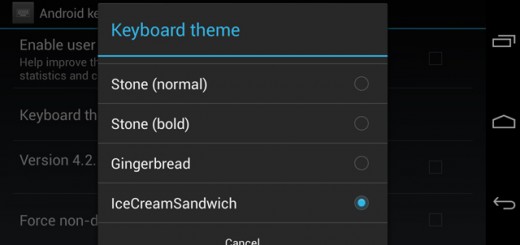Android-x86 with a released image for Android-x86 4.4-RC1
The 4.4-RC1 release is based on the Android 4.4.2
Call it a gift for ST Valentine’s Day; the team behind the Android-x86 project released an image for its faithful followers. After long numerous months of development an image for Android-x86 4.4-RC1 surfaced online to reveal the next stable release of the port of the operating system for devices running on Intel and AMD chips. Everything started as an idea to make the Android OS compatible for x86 computers, ASUS Eee PC in particular. During that time, the platform was still available on ARM hardware only, at least officially. The idea of running the Android on Intel and AMD chipsets became more realistic once Google released the source code for its Android 4.0 for x86 CPUs. Right now we are seeing lots of x86 devices like tablets fuelled by Intel Atom, which are running on Android; however ROMs compatible for x86 devices are still not available. With that being said, we do hope that by releasing such a candidate running on Android 4.4 would boost the process for a stable release available for anyone.
The Android 4.4-RC1 release is based on 4.4.2 KiKat and now the team behind the project has fixed the x86 code so the system can run on such platform easily. The key features include integration of the ffmpeg in order to support more multimedia files and the team promises that playing HD and full HD videos in apps won’t be an issue. The new release will enable users to run the latest stable 3.10.30 kernel with more drivers as well as most network will be able to run the operating system in the native resolution. In the meantime, the release features acceleration of the OpenGL ES hardware for AMD and Intel chips, excluding the PowerVR ones. Other important features include:
- Enhance the installer to support upgrade from previous versions (since ics-x86). The text based GUI installer supports ext3/ext2/ntfs/fat32 filesystems.
- KitKat style lanucher (Launcher3).
- Support Multi-touch, Wifi, Audio, Bluetooth, G-sensor and Camera.
- Simulate sdcard by internal storage.
- External usb drive and sdcard are auto mounted to /storage/usbX on plugging.
- Support hybrid mode of iso images.
- Multi-user support (max 8).
- Support Ethernet (DHCP only).
- Support VM like Qemu and VMware.
Source: Android-x86




